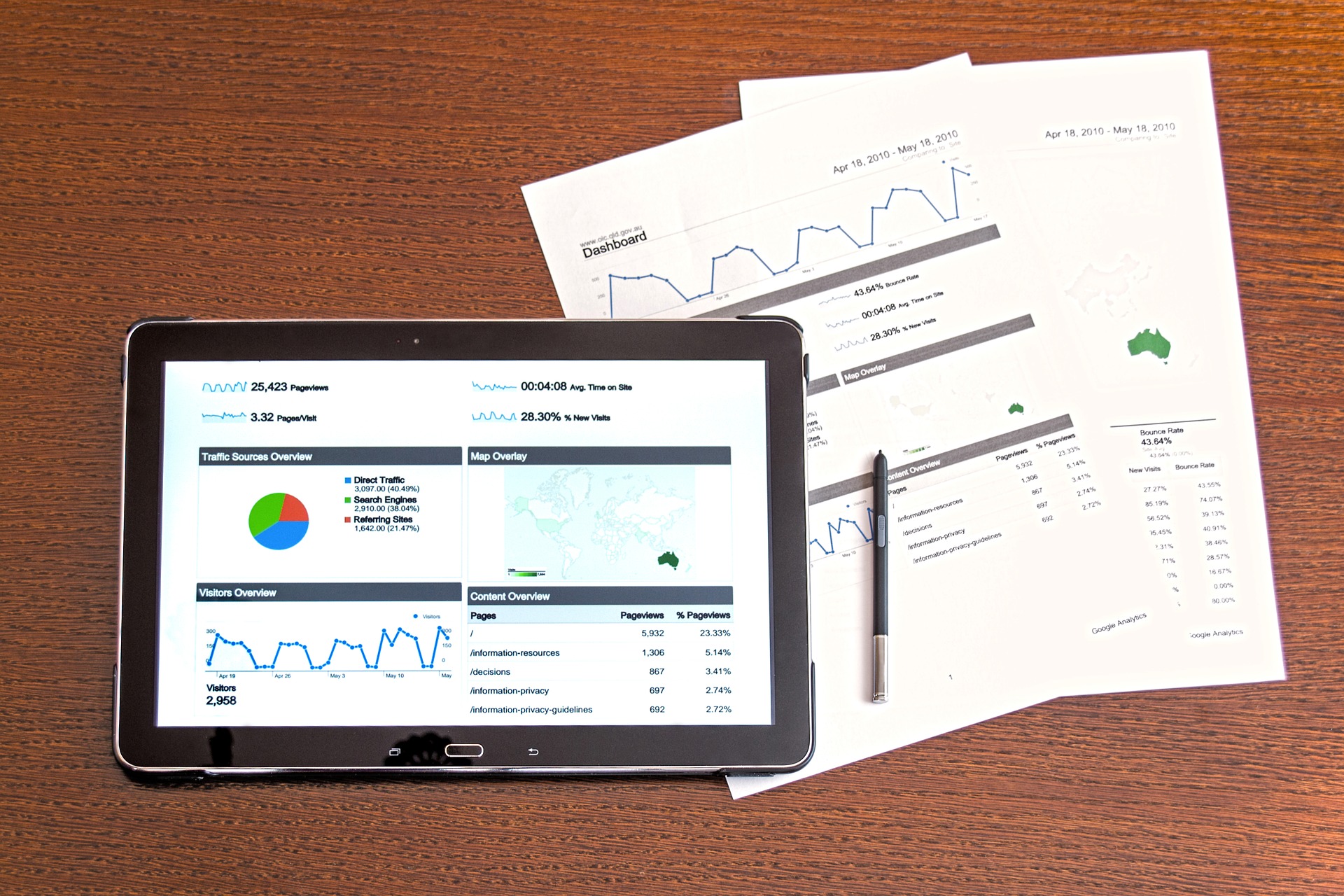Fundamental and technical analysis are two major schools of thought when it comes to approaching the markets. Investors and traders use both to research and forecast future securities prices. Like any investment strategy or philosophy, both have advocates and adversaries.
The debate over the relative merits of fundamental and technical analysis is a contentious one. Investors and traders alike often miss out when they pick one over the other. In fact, both can be combined effectively.
Fundamental Analysis
Fundamental analysis is a method of evaluating stocks and determining their intrinsic value. Fundamental analysts study everything from the overall economy and industry conditions to the financial strength and management of individual companies. Earnings, expenses, assets, and liabilities all come under scrutiny by fundamental analysts.
Although the value is ultimately an opinion, relatively undervalued companies can outperform over the long term. Fundamental analysis can also be applied to other markets including currencies and commodities. In that case, any factors that affect the value of the asset are considered.
Technical Analysis
Differs from fundamental analysis, traders attempt to identify opportunities by looking at statistical trends, such as movements in a stock's price and volume data. The core assumption is that all known fundamentals are factored into price, thus there is no need to pay close attention to them.
The objective is not to predict the future or to measure a security's intrinsic value, but to identify the most likely scenarios. Price action is used as an indication of how market participants have acted in the past, identify patterns, and suggest how they may act in the future.
Popular technical analysis signals include simple moving averages, support and resistance levels, trendlines and momentum indicators.
Understanding Picking Strategy
Fundamental Analysis
Many investors who want to evaluate long-term investment decisions start with a fundamental analysis of a company, an individual stock, or the market as a whole. For example, a trader might review Crude Oil Inventories to form an assumption about whether the oil market supply will increase or decrease in the future, causing the price of Crude Oil to move up or down in the future. This trader might choose to buy oil now with the assumption that prices will move higher based on his fundamental analysis from the inventories report.
To perform a fundamental analysis, investors will review a company's financial statements, historical data, investor conference calls, press releases, analyst reports, and analyst estimates. Apart from that, investors also analyse broader scope of the stock market to review political and economic factors, including the overall strength of the economy and specific industry sector conditions.
Technical Analysis
Analysts and investors use data on market activity such as historical returns, stock prices, and volume of trades to chart patterns in securities movement. While fundamental analysis attempts to show the intrinsic value of a security or specific market, technical data is meant to provide insight on the future activity of securities or the market as a whole. Investors and analysts who use technical analysis feel strongly that future performance can be determined by reviewing patterns based on past performance data.
Technical analysis uses patterns on a chart created by price to determine where the market is moving. The movement of price is tracked on charts with various indicators or patterns to help determine where price is going to move next. Technical analysis uses the visual representation of price to help illustrate where price is and where it may move in the future.
Popular technical analysis signals include simple moving averages, support and resistance levels, trendlines and momentum indicators. (We at Golden Brokers Limited also had discussed on some of these indicators and can be read on our Blog section).
Using Fundamental and Technical Analysis Together
While each form of analysis relies on different data and different assumptions, since they are both referencing the same market the information provided can be used together to build a more complete analysis and a bigger picture view of the market you want to trade.
Fundamental analysis is most often used when determining the quality of long-term investments in a wide array of securities and markets, while technical analysis is used more in the review of short-term investment decisions such as active trading of stocks or currencies.















